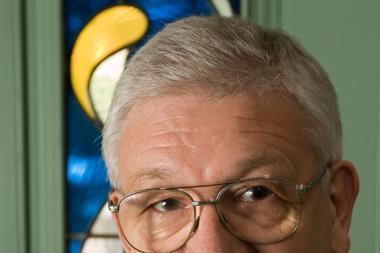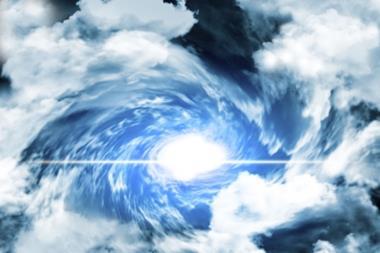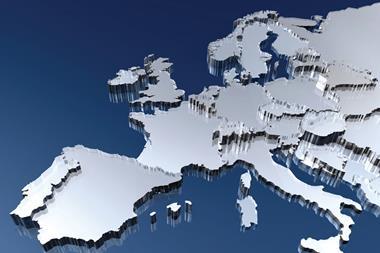The EU energy strategy will take many old-fashioned coal-fired power stations out of production says Andrew Leslie
Risks have a habit of changing. When they do, an organisation needs to be nimble enough to adjust to the altered landscape while minimising the disruption. Unfortunately, no one has ever accused the European Union (EU) of being nimble, and the result is that its energy strategy, predicated on a set of risks and assumptions that may have been valid 15 years ago, now looks an unholy mess.
The driving force behind the strategy has been the demand to reduce emissions, evolved in the wake of apocalyptic predictions of global warming and taking the shape of the ‘triple 20’ idea: a 20% cut in emissions, 20% increased efficiency, and 20% of supply sourced from renewables – all by 2020. As part of this drive, the Large Combustion Plant Directive (2001) demands that plants unable to meet emissions standards must close by the end of 2015. This will take many old-fashioned coal-fired power stations out of production.
The slack was to be taken up by – largely imported – natural gas. But the crisis of January 2006, when the dispute between Russia and Ukraine led to gas supplies to Eastern Europe being cut off – a crisis that reappeared in 2009 – revealed the risk of becoming over dependent on a single supplier. The EU’s response was to promote alternative sources of gas, notably the Nabucco pipeline that was to run from Baku to south-eastern Europe. That project is now effectively dead, and Europe’s dependence on Russian supplies remains if anything, greater.
Two more shocks, neither anticipated, altered the risk landscape further. The first was the Fukushima disaster, which emphasised once again the risks of nuclear power and the incredible expense of mitigating nuclear accidents. The EU derives about 30% of its energy from nuclear power, but in the wake of Fukushima many states have set their faces firmly against nuclear. Germany underlined its decision to shut all nuclear plants by 2022, with environment minister Peter Altmaier saying in January: “I cannot see any plausible political line-up that would enable a revival of nuclear power in Germany.” Spain and Switzerland have banned construction of new nuclear plants, and in several other countries it would be a hard political sell to increase the proportion of power derived from nuclear by building new plants. As the 132 reactors in Europe reach the end of their lives, it is open to question whether they will ever be replaced.
The second shock has been the impact of North American shale gas. The price of wholesale gas in the US is now about one-third of the European price. Quite apart from the gap in competitiveness this creates, there is a direct impact on the EU’s renewables strategy. Ironically, cheap gas has allowed the US – the arch-villain of the global warming debate – to reduce its emissions by closing many of its coal-fi red plants. Europe has reacted to the consequent drop in the price of coal by buying up the US surplus, with purchases rising by one-third in the first six months of 2012. The old-fashioned coal plants facing closure in 2015 are being worked as hard as possible. Since the EU carbon trading scheme is widely held to be overly generous, there are few visible penalties.
But when they do close, what then? In June, the UK’s electricity regulator Ofgem warned that surplus of supply over production would drop to a mere 2% by mid-decade. In September, nine of Europe’s biggest utilities warned that, partly as a result of failed EU policies, Europe’s energy security is no longer guaranteed, carbon emissions are on the rise, investments in the sector are not happening and fuel bills are rising. Europe has plentiful shale gas of its own. But with the environmental lobby pitched firmly against those who see it as a solution to Europe’s energy troubles, there’s no point in anticipating a rapid re-adjustment of EU energy strategy. The lights may go out long before then.




















No comments yet